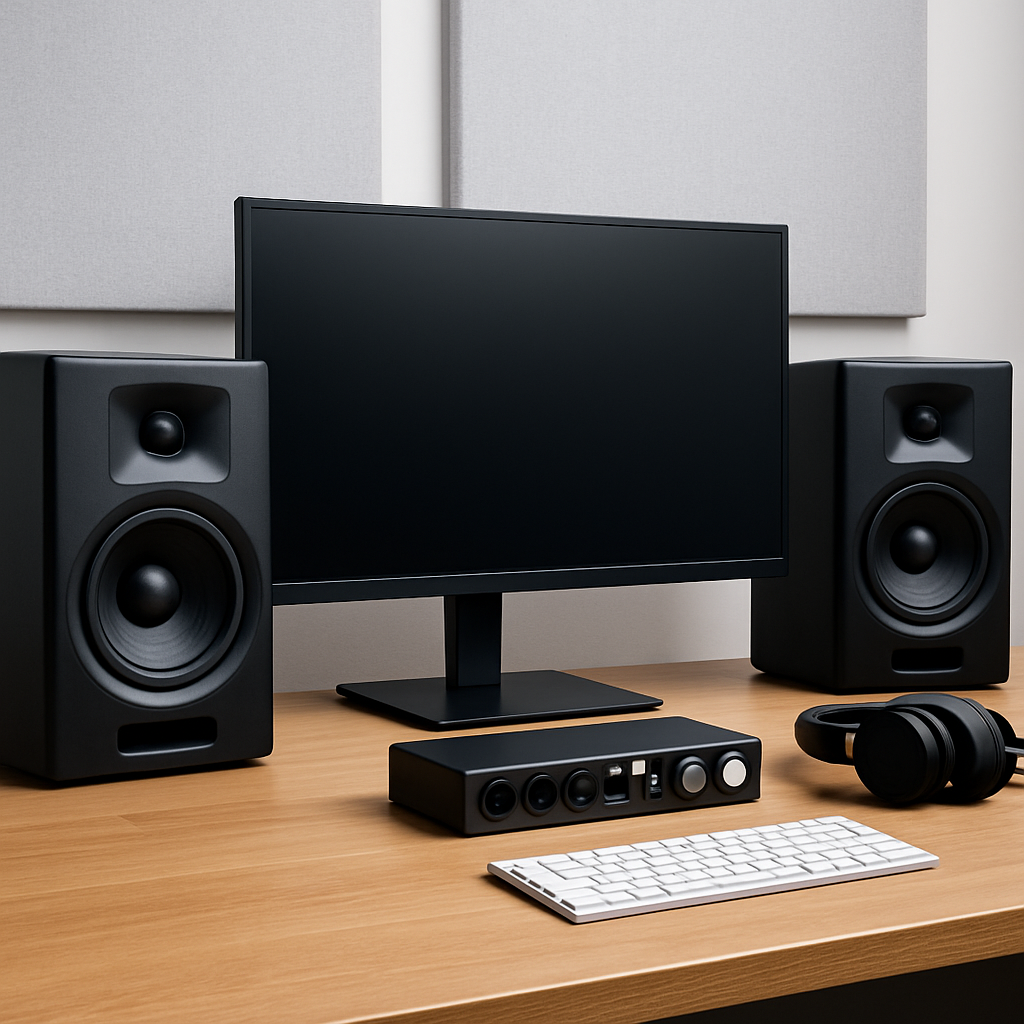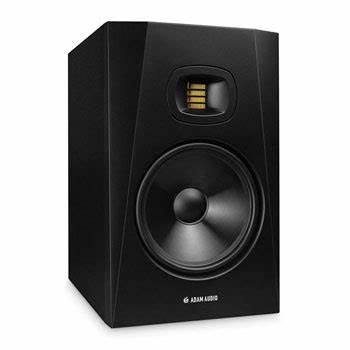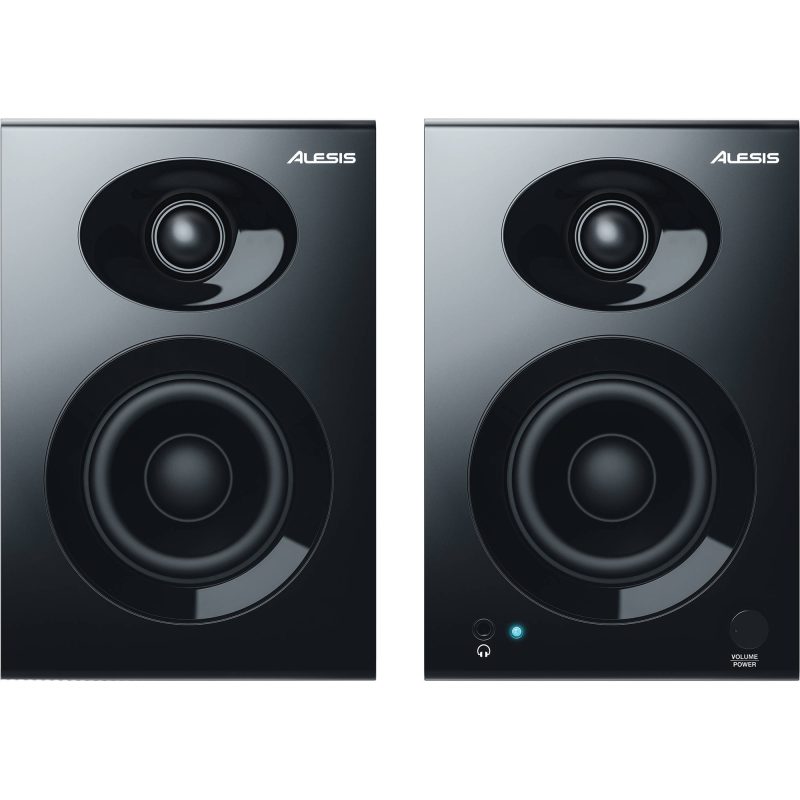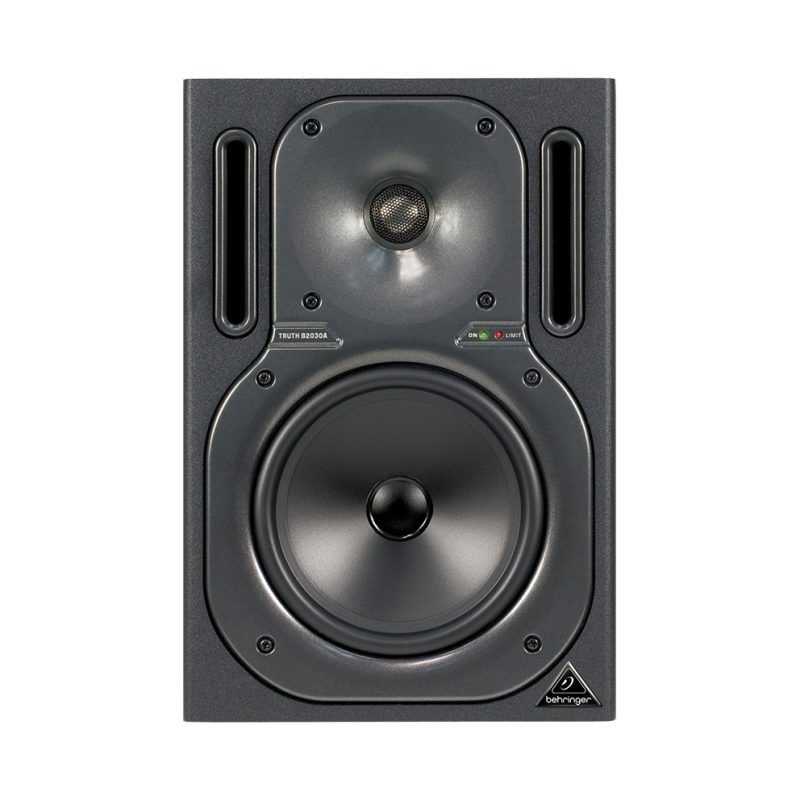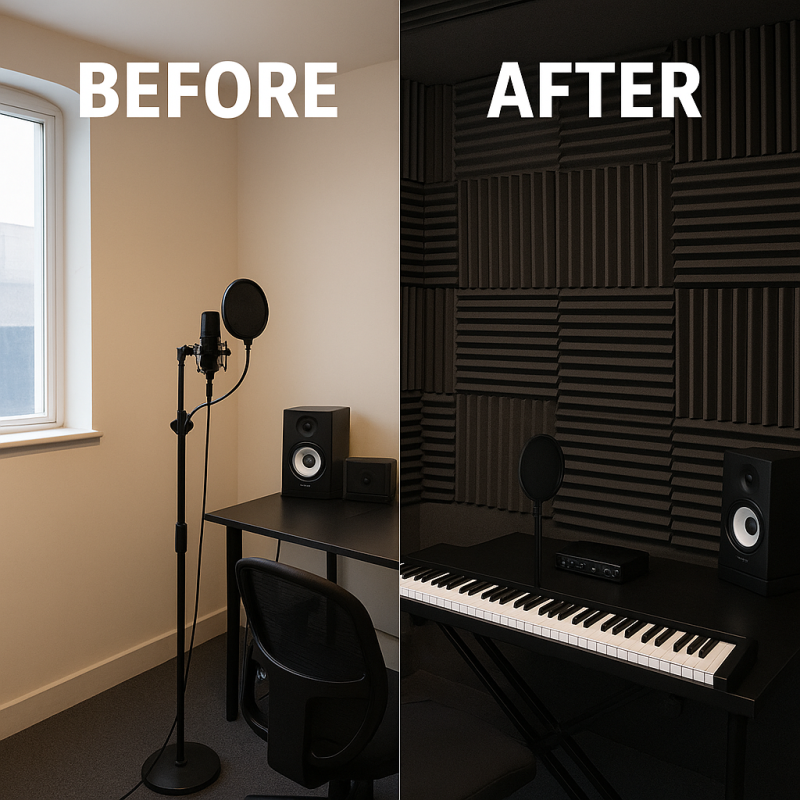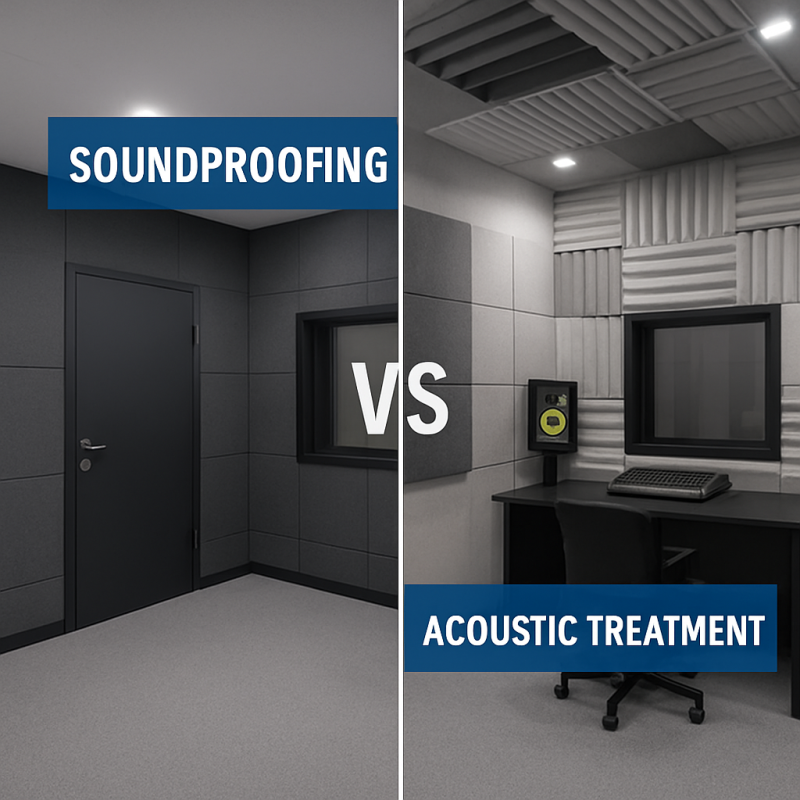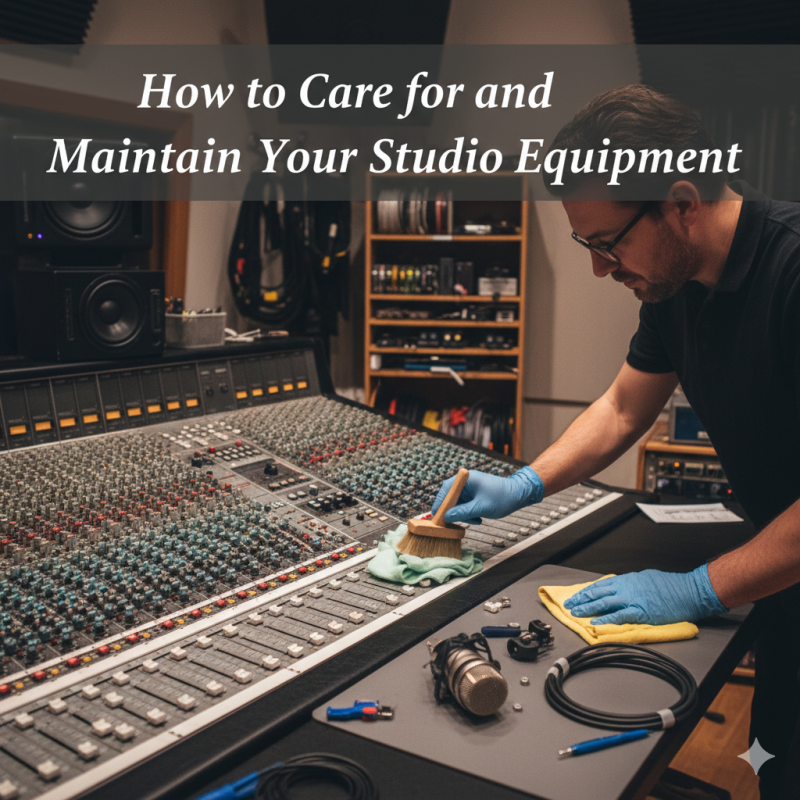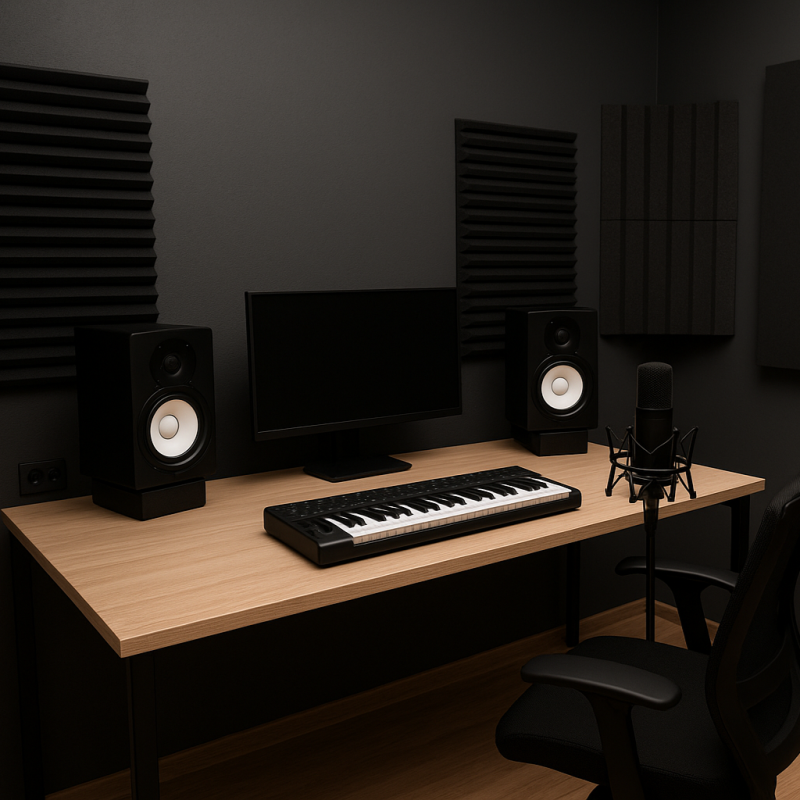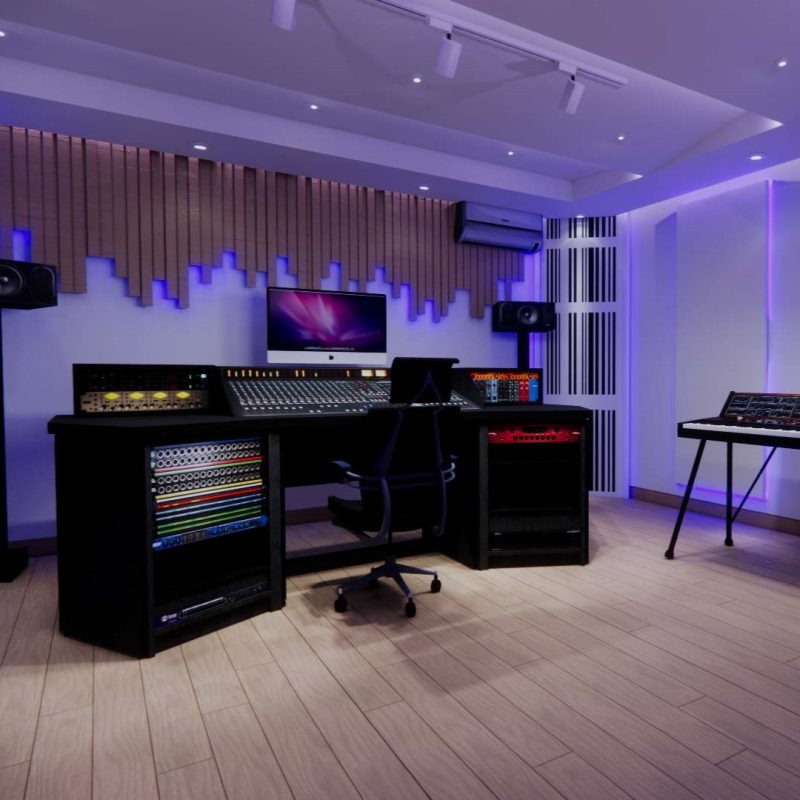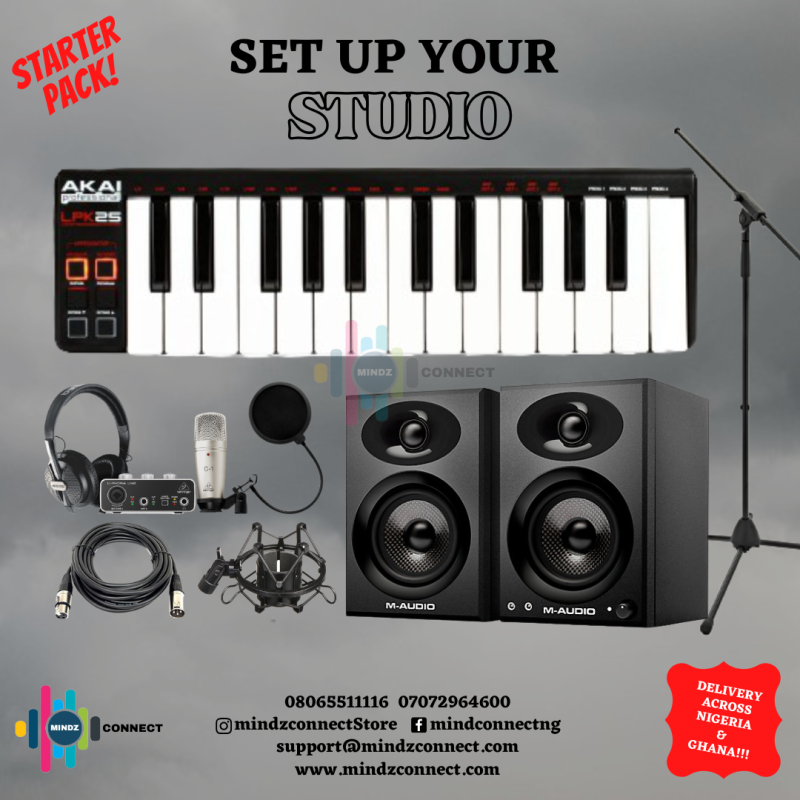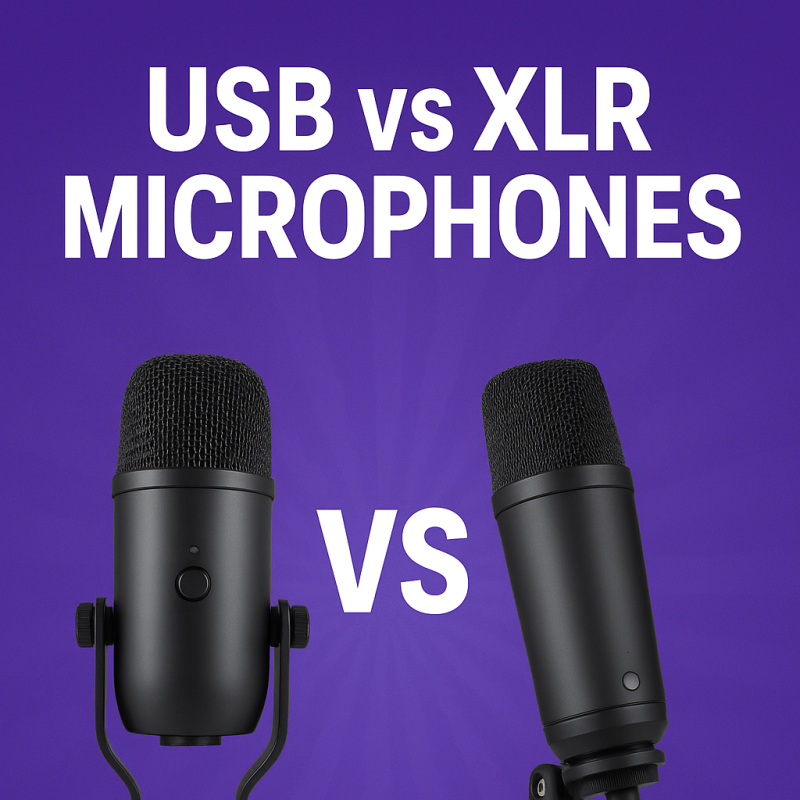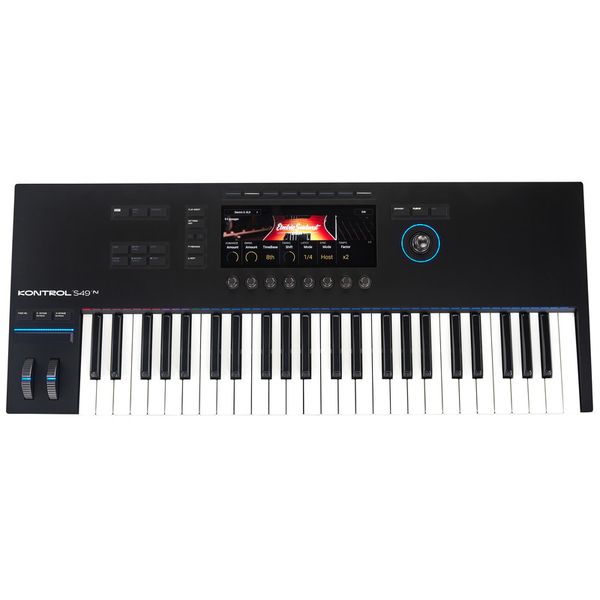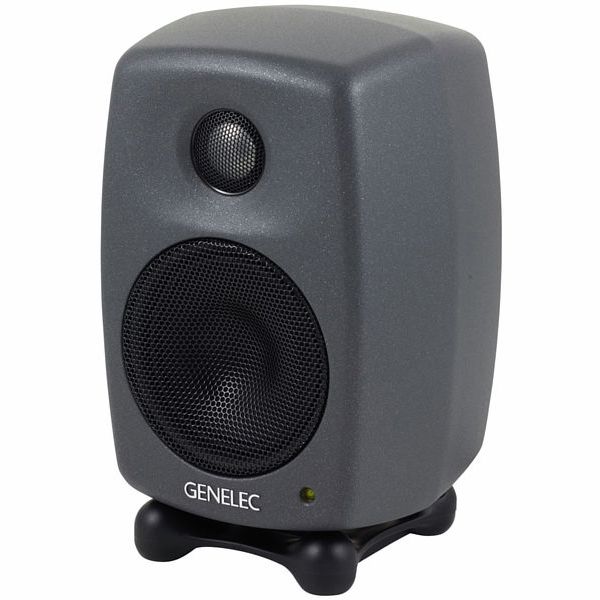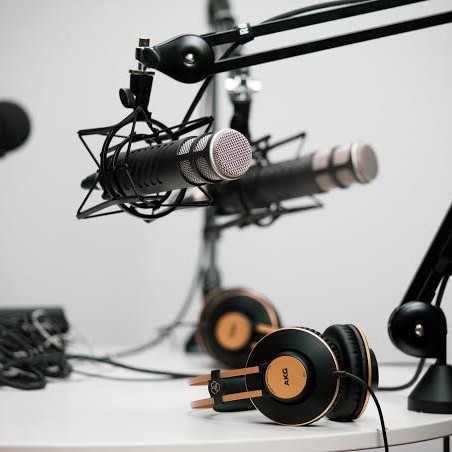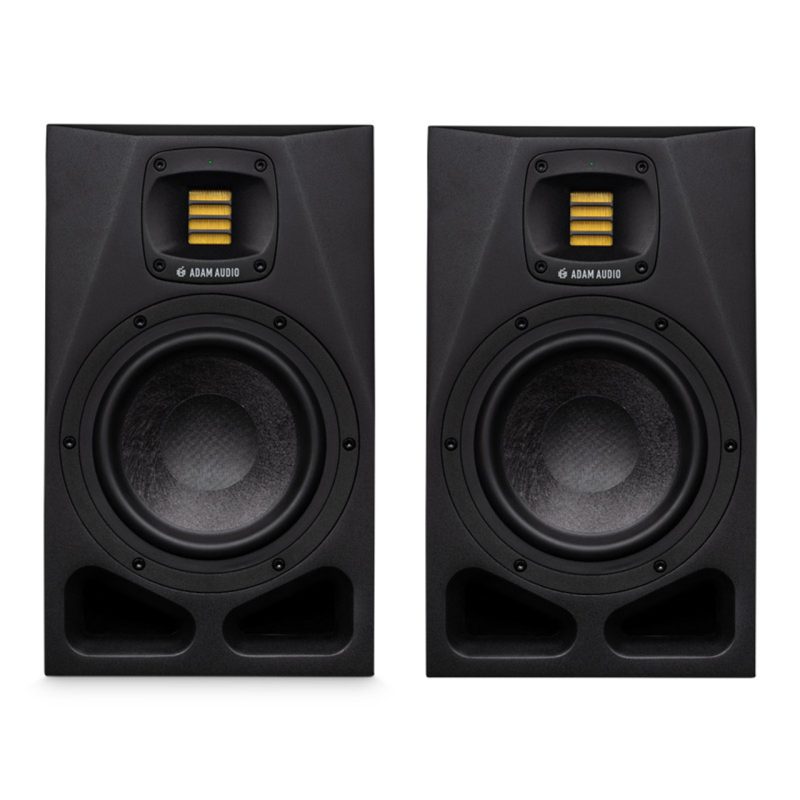How to Care for and Maintain Your Studio Equipment
Introduction
When it comes to achieving professional sound quality, your studio monitors are the most critical tools in your setup. Unlike regular speakers, studio monitors provide a flat, accurate, and transparent sound, allowing you to hear every detail of your mix exactly as it is — no color, no boost, no hype.
At Mindz Connect, we understand how much your gear impacts your creative output. We supply and install professional-grade studio monitors for producers, engineers, and content creators across Nigeria, Africa, the UK, and the USA.
In this guide, we’ll break down everything you need to know about choosing the right studio monitors — from size and frequency response to room acoustics and setup.
1. Understand the Role of Studio Monitors
Studio monitors are designed for accuracy, not entertainment. Consumer speakers often enhance bass and treble to make music sound “good,” but monitors reveal the truth — both the good and the bad.
This accuracy helps you make critical decisions about balance, EQ, and dynamics. If your mix sounds good on studio monitors, it’ll likely sound good anywhere.
Pro Tip: Always choose active (powered) monitors for small studios — they have built-in amplifiers that make setup easier and sound more consistent.
2. Choose the Right Monitor Size for Your Room
The size of your studio monitors affects how they reproduce low frequencies and interact with your space. Bigger isn’t always better — especially in untreated rooms.
| Room Type | Ideal Monitor Size | Examples |
|---|---|---|
| Small bedroom or tight workspace | 5” drivers | Yamaha HS5, KRK Rokit 5, JBL 305P MkII |
| Medium-sized home studio | 6.5”–7” drivers | Adam Audio T7V, KRK Rokit 7 G4 |
| Large professional studio | 8”+ drivers | Yamaha HS8, Adam Audio A8H, Focal Alpha 80 |
Mindz Tip: If your room isn’t treated, large monitors may cause bass build-up or inaccurate low-end response. Smaller nearfield monitors often give more reliable results in small spaces.
3. Pay Attention to Frequency Response
A monitor’s frequency response determines how accurately it reproduces low, mid, and high frequencies.
-
Look for a flat response (±3 dB) for natural playback.
-
Extended low-end (down to ~40Hz) is important for bass-heavy genres like Afrobeats, Trap, or EDM.
If you produce electronic or hip-hop music, you might want to pair your monitors with a subwoofer for deeper bass response — but always calibrate it properly to avoid muddy mixes.
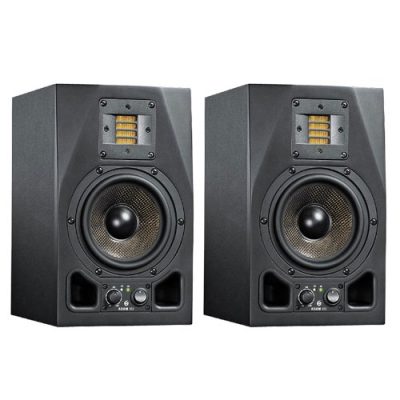
4. Know Your Connectivity Options
Before buying, check that your monitor inputs match your audio interface or mixer outputs.
Most studio monitors use one or more of these input types:
-
XLR (balanced): professional, noise-free signal — best option.
-
TRS (¼-inch balanced): common and reliable for most home studios.
-
RCA (unbalanced): often found in budget monitors — avoid long cable runs to prevent noise.
Pro Tip: Always use balanced connections (XLR or TRS) to minimize electrical hum and interference.
5. Don’t Ignore Room Acoustics
Even the most expensive studio monitors will sound terrible in a poorly treated room. Reflective walls, glass windows, and bare floors can cause echoes, standing waves, and false frequency balance.
To get accurate sound, combine your monitors with proper acoustic treatment:
-
Acoustic Panels: absorb mid-to-high frequencies.
-
Bass Traps: control low-frequency buildup in corners.
-
Diffusers: scatter reflections for a more natural soundstage.
Mindz Connect supplies and installs acoustic solutions designed to match your studio layout — from small bedroom setups to professional recording environments.
6. Listen Before You Buy
Every studio space is different, and your ears are your best tool. When possible, test multiple monitors using songs you know well.
Compare how each pair handles:
-
Stereo imaging (left/right clarity)
-
Midrange detail (vocals, guitars)
-
Low-end tightness (kick, bass)
-
High-end smoothness (cymbals, air)
The right choice should feel balanced and natural, not overly bright or boomy.
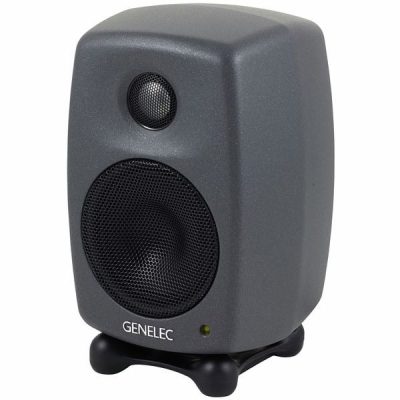
7. Best Studio Monitors to Buy in 2025
Here are some top-rated models we recommend for different budgets and needs:
🎚️ Entry-Level (₦400,000 – ₦800,000):
-
JBL 305P MkII
-
KRK Rokit 5 G4
-
Presonus Eris E5
🎧 Mid-Range (₦900,000 – ₦1.8M):
-
Yamaha HS7 or HS8
-
Adam Audio T7V
-
Kali Audio LP-6
🎛️ Professional (₦2M+):
-
Focal Alpha 80 Evo
-
Genelec 8040B
-
Neumann KH 120 II
All available at Mindz Connect, with nationwide delivery and installation support across Nigeria, Africa, the UK, and the USA.
8. Setup & Calibration Tips
Once you’ve chosen your monitors, placement and calibration make all the difference.
Ideal Setup Checklist:
✅ Place monitors at ear level, forming an equilateral triangle with your listening position.
✅ Keep them at least 30–60 cm away from walls to reduce reflections.
✅ Angle the monitors slightly toward your ears (toe-in).
✅ Use isolation pads or stands to minimize vibrations.
✅ If possible, use a calibration mic (like Sonarworks SoundID) to tune your system to your room.
Final Thoughts
The right studio monitors don’t just improve your sound — they improve your decisions. With accurate playback, you’ll hear details that make your mixes cleaner, your vocals clearer, and your production more professional.
At Mindz Connect, we help creators choose, install, and calibrate the perfect monitoring system for their studio space — whether you’re in Lagos, London, Accra, or Atlanta.
🎧 Ready to upgrade your sound?
👉 Shop premium studio monitors and acoustic treatment solutions today at Mindz Connect — your trusted partner in professional sound innovation.
📞 For orders and enquiries: +2348065511116, +2347072964600
🌐 Visit: www.mindzconnect.com
ADAM Audio T5V Studio Monitor Speaker (pair)
ADAM Audio T7V Studio Monitor Speaker (pair)
ADAM AUDIO T8V Studio Monitor Speaker (Pair)
Alesis Elevate 3 Studio Monitor Speaker (Pair)
Alesis Elevate 4 – 50 W Powered Desktop Studio Monitor Speaker (Pair) with Subwoofer Output for Home Studios / Video-Editing / Gaming and Mobile Devices
- Powerful, room filling sound - Separate high-and low-frequency drivers with crossover; 25 W per channel output power - 50 W total
- Clarity - 4-Inch low-frequency driver in ported enclosure delivers rich, tight bass; 1-Inch silk dome tweeter provides smooth, clear highs
- Precision engineered - High-density wood cabinets suppress unwanted resonances; carefully formed baffle radiuses reduce edge diffraction
- Hear every detail - Elliptical tweeter waveguide optimizes dispersion and stereo imaging
- Feel the bass - Dedicated subwoofer output for use with virtually any powered subwoofer

